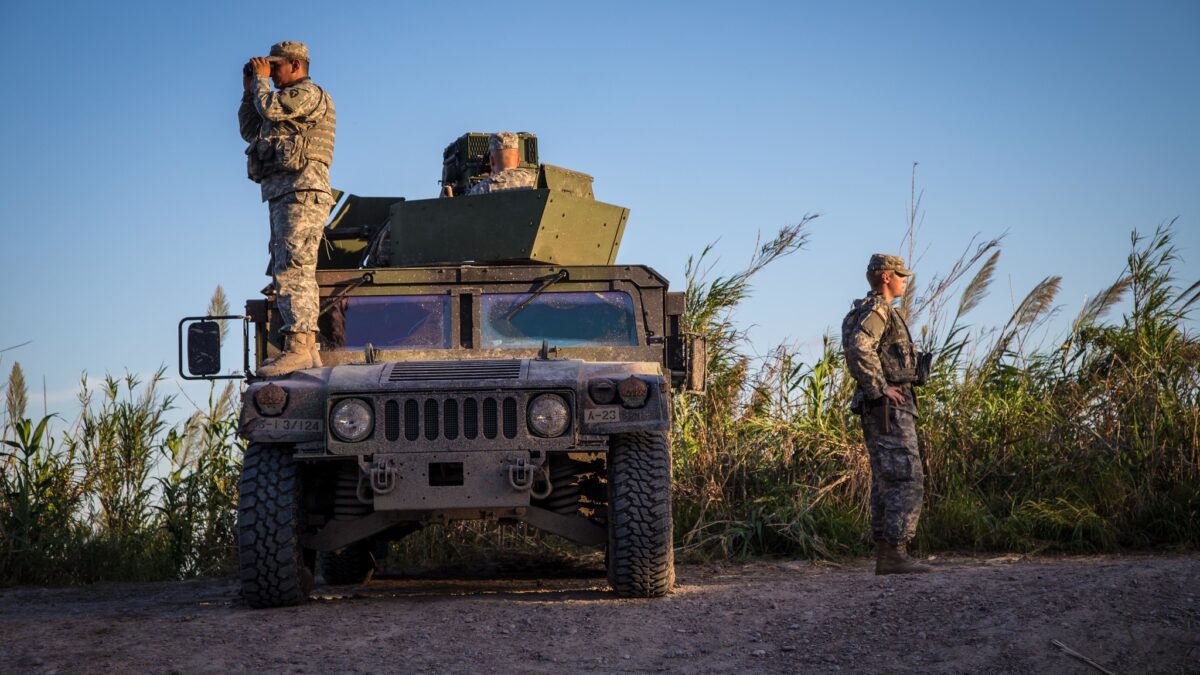The 1033 Program and the New Congress
Since the early 90s, there have been deliberate attempts to equip local and state police with military-grade weapons and equipment. This has been informed by efforts to effectively minimize and prevent rising criminal acts in American society. While these efforts were established based on well-founded intentions, the subsequent consequences have been alarming. They have triggered a review of the entire plan, with a large section of congress calling for a complete program shutdown. We take a look at the implications of this program and why its termination is being called for.
The 1033 program
In the early 1990s, it was found that local and state police were severely under-equipped to facilitate the effective execution of their assigned duties of protecting civilian livelihoods while maintaining law and order. The increase in violent crimes that involved the use of lethal and high-caliber weapons had an overwhelming effect on the police force and inevitably placed the lives of police personnel as well as civilian life in mortal danger. This triggered drastic retaliatory measures that included arming local and state police with military-grade weapons and equipment to give them a better chance at combating the dangerous crime wave that continued to sweep across the nation.
This move, however, had some profoundly far-reaching societal effects that triggered calls for a review of the matter with an underlying aim to entirely shut down the 1033 program. The concerns arising from this program continue to draw heated debates in the new congress as powerful figures in various socio-political capacities lock horns in defending their respective arguments to either uphold or scrap the program.
The program’s impact
The 1033 program has, since its inception, been a controversial endeavor, and the debate around it in congress has brought to light some major concerns requiring evaluation. Below are some of the glaring concerns raised as a result of its implementation;
Safety concerns
As congresswoman Nydia Velazquez pointed out, the police force is inevitably prone to unnecessarily act like an occupying military while executing their law enforcement duties when equipped with weapons and equipment of such caliber. Studies have supported this sentiment by showing that police are highly likely to use force whenever equipped with military-grade weapons and equipment. It has also been found that civilian deaths at the hands of police are much more likely to be high owing to a significant influx of military resources into the police force. These, among other safety concerns, make the basis of the argument to do away with the program.
The cost of the program
Military-grade weapons are relatively costly and have, as such, sunk into the national budget costing taxpayers billions of dollars. For instance, it cost an average of about $ 1.5 billion between 2006 and 2014 to equip local law enforcement with military-grade weapons and equipment consisting of ambush-protected and mine-resistant vehicles. This is hefty going by the work-related standards of local police.
Conclusion
The 1033 program has been controversial since its inception in the early 1990s, with its implementation splitting congress almost in equal measure between those who support it and those who are against it entirely. A bill to do away with the program is currently being objectively debated, with various concerns raised against it.

